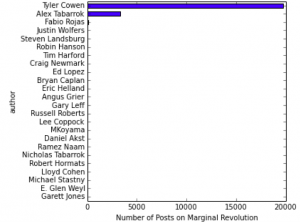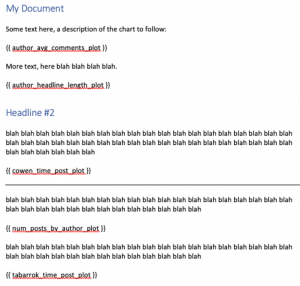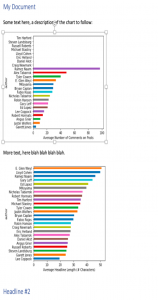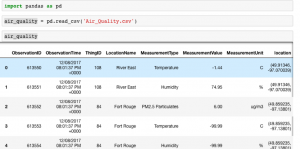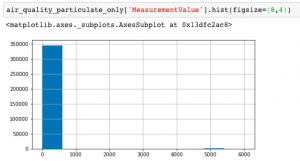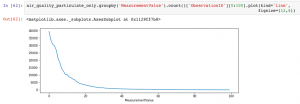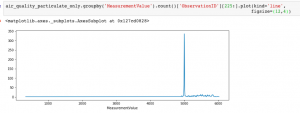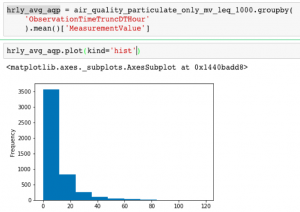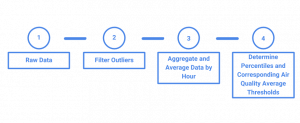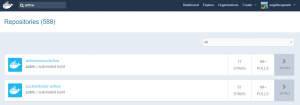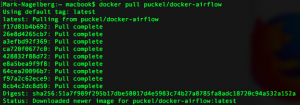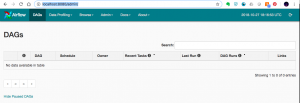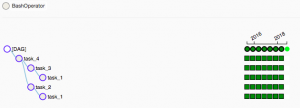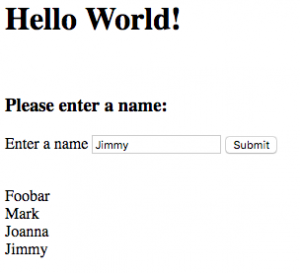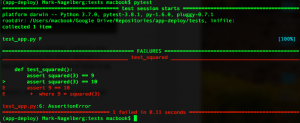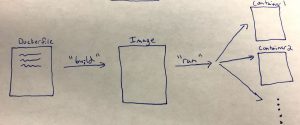Occasionally, special tools come along that amplify our minds, enabling new kinds of thought not otherwise possible. Computers, writing, speaking, and the printing press are all examples of these “Tools for Thought” that surge human potential.
This essay from Andy Matuschak and Michael Nielsen explores whether we can accelerate the development of these kind of tools. They also provide a taste of potential tools for thought with their prototype “mnemonic medium”, an interactive post on quantum mechanics called “Quantum Country” with embedded flashcards combined with a spaced repetition system delivered through email follow-ups.
Their essay is a must-read for anyone interested in spaced-repetition or productive learning. There are several points I found thought-provoking. I believe each of these insights indicate a need for a new Tool for Thought for flashcard development and sharing.
Spaced repetition creates exponential returns to studying
Based on Quantum Country user data, Matuschak and Nielsen estimate that devoting only 50% more time to spaced repetition after reading the essay resulted in users recalling the key points for months or years.
In other words, relatively small investments in spaced repetition after reading an article produces outsized results – more evidence to place on top of the mountain of research suggesting spaced repetition works.
Good flashcard development is difficult
Matuschak and Nielsen note that it takes a surprising amount of skill and time to build quality flashcards, especially for abstract concepts. This is probably a big reason why most people fail to adopt spaced-repetition tools like Anki. Since flashcard development is a skill that you develop over much time and effort, new users tend to add cards in a way that inevitably leads to frustration and failure.
This may partially explain the efficacy of Quantum Country: the authors are experts in both quantum mechanics and flashcard development – a rare but essential combination of skills for their essay to work.
Flashcards written by others can be useable
Some people the spaced repetition community don’t believe in using flashcards created by others, and with good reason. They’re often poorly written. They’re idiosyncratic. They’re missing crucial contextual information that you lack as someone who hasn’t read the original source material. I used to be one of these non-believers.
But the effectiveness of the Quantum Country essay suggests that shared flashcards can work well. This has benefits of saving users of the burden of flash card creation, as well as preventing new user frustration from poor flashcard building skills and poor domain knowledge.
Matuschak and Nielsen hypothesize that the quality of their flashcards is what makes this work. I agree, but I have a few more hypotheses:
- Their flashcards are introduced in a logical progression as users read the essay. In contrast, shared decks in Anki shuffle cards randomly and are not encoded with dependency information.
- Their flashcards are clearly connected to a source (i.e. the essay), providing important context for the user.
- Users learn the material before they review flashcards. This is in line with the common wisdom that flashcards don’t work if you don’t already understand the material – they are a tool for retention, not learning. Aside: is this common wisdom true? I’m not so sure. Socrates taught using Q and A, so why can’t you teach a subject entirely with flashcards? If it is possible, what are the prerequisites to making it work?
Elaborative encoding
Matuschak and Nielsen note elaborative encoding as another learning tool shown to be extremely powerful in promoting memory. Essentially, it means connecting new ideas you want to remember with old ideas you know well, providing a fast path in your brain to new information.
Remember this concept while developing your flashcards. Whenever you add a new card, think about what you already know well and how you can connect this to the new knowledge.
A New Tool for Thought?
Matuschak and Nielsen’s article has renewed my interest in a tool for thought idea I’ve been pondering for quite a while: a platform for collaborative flashcards development and sharing. I believe such a tool, if properly developed, can address the issues that limit the use of spaced repetition:
- Spaced repetition practitioners currently need to develop their own flashcards, which requires a significant amount of time, domain expertise, and flashcard-building skill. There needs to be a place where experts can create shared flashcards, and there should be a proper incentive structure encouraging creators to improve these flashcards over time.
- Flashcards are not clearly connected to original sources. Spaced repetition practitioners should be able to pull up pre-built flashcards for a source document they are working through.
- Current tools do not provide information that link flashcards together (other than knowing two flashcards are part of the same deck, or have the same tag). At the very least, flashcards should have a notion of “depends on” or “prerequisite to”. This would make shared decks more useful by showing the intended progression of knowledge. It would also aid elaborative encoding (e.g. examining cards you’ve reviewed and linking them up to cards “nearby” in a knowledge graph)
I strongly believe a tool like this needs to exist, as you may have guessed if you noticed the Download my Brain feature I built for this site that provides a platform for sharing my personal Anki decks. I have started work on a more generic tool for collaborative flashcard construction and sharing and will keep you posted once I have something ready for production.
Thanks to Andy Matuschak and Michael Nielsen for the inspiration to follow this path.
